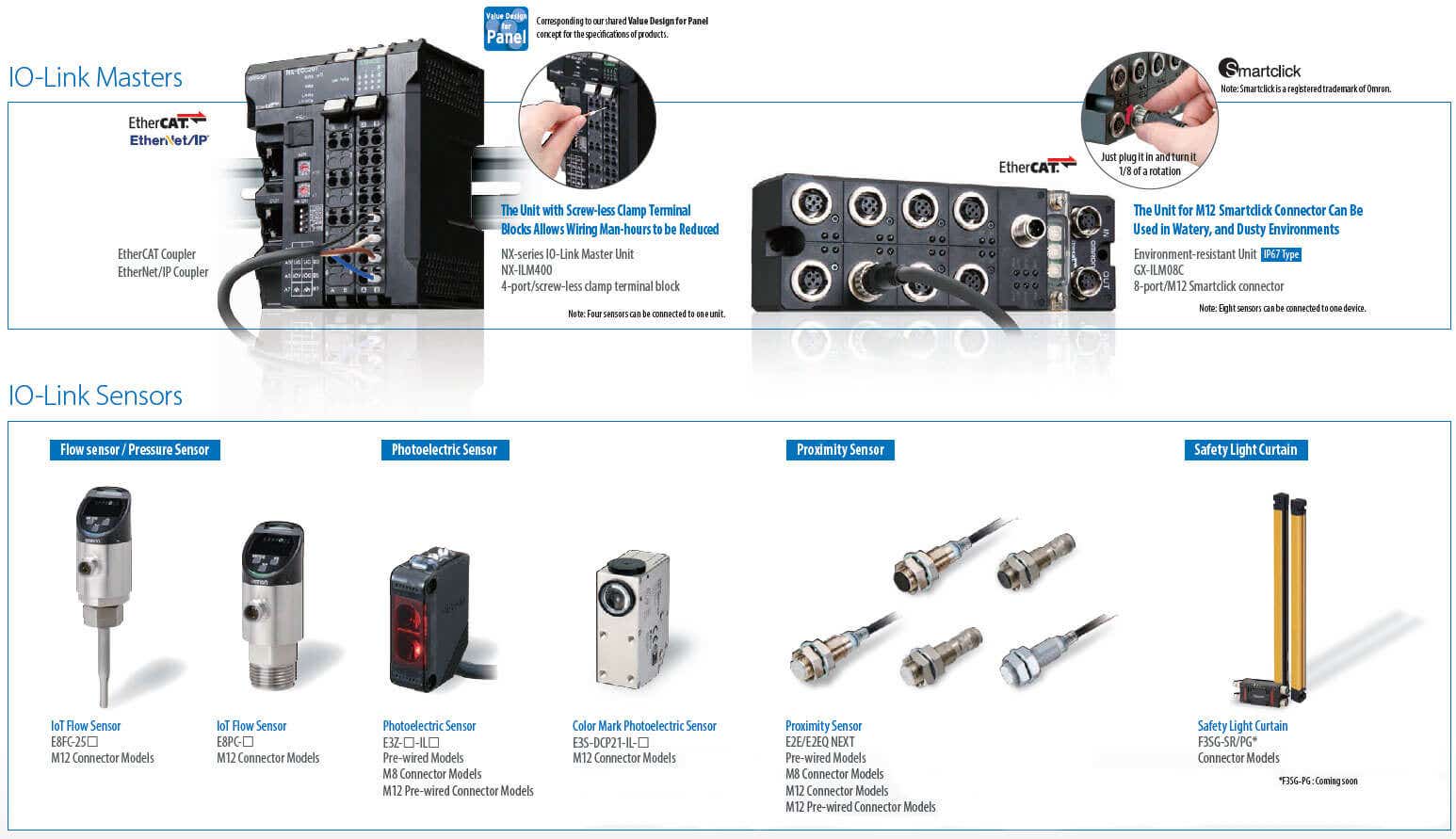Predictive Maintenance - Advantages, Types and Applications
Predictive maintenance is a technique in which the data captured from the machine or a plant is used to estimate the maintenance required on the plant. Predictive maintenance is carried out on the plant with short downtime. It is used to improve the productivity and performance of the plant, which improves the economy. The predictive maintenance is performed on the plants which are categorized in Industry 4.0. The plants with the older Industry 1,2 utilize conventional ways of maintenance techniques.
Difference between Predictive Maintenance and Preventive Maintenance:
Different maintenance techniques are formed with the combination of both maintenance techniques but there are also some differences between these two techniques. Predictive maintenance is carried out or the need for maintenance is estimated with the help of predictive maintenance but in the case of preventive maintenance, the maintenance of a plant or unit is carried out without estimating or finding the need for the maintenance.
Both predictive and preventive maintenance is carried out on the basis of data analysis. However, predictive maintenance occurs only after a huge analysis of the data obtained from the plant while preventive maintenance is carried out after a specific interval of time or with the usage of the plant.
Predictive maintenance requires a condition monitoring component but preventive maintenance doesn’t require a condition monitoring component. With the feature of not requiring an additional condition monitoring component, the preventive maintenance system requires less capital investment as compared to a predictive maintenance plant that requires a condition monitoring component.


Advantages of Predictive Maintenance:
There are different advantages linked to predictive maintenance. The correct utilization of predictive maintenance and its use efficiently can result in different benefits. The benefits of predictive maintenance are for both parties, for the user, and for the manufacturer as well. Some common advantages of predictive maintenance are:
Ideal Maintenance Timer:
With the help of the predictive maintenance technique, the best time for the maintenance operation of a plant or an industry can be determined. The predictive maintenance technique integrates optimally with the production process. Then, it evaluates the data recorded from the plant or unit and determines the right time for maintenance.
Improved Economic Efficiency
Conventional maintenance or any type of maintenance done on the plant can result in several hours of downtime and even some days as downtime which in result affects the economy of the plant. Predictive maintenance reduces the downtime for a plant. It also effectively increases the service life of a machine or plant.
Improved Machine Performance:
The data collected for predictive maintenance can be used to improve the performance of a plant. The right time of maintenance can improve the productivity of the plant and also the data gathered can be analyzed separately to improve the performance.
Types of Defect Inspection Techniques:
There are different types of defect inspection techniques which vary from plant to plant and the type of defects. In conventional defect inspection techniques, sensory inspections is carried out. However, in the latest defect inspection techniques, the conventional techniques improved.
- Enhanced Sensory Inspection:
The enhanced sensory inspection technique involves sensory inspection as well as a quantitative measurement. Different equipment are required in this technique to find the defect. The equipment used consists of strobe lights, ultrasonic meters, spot radiometers, and handheld vibration pens to detect the different defects.
- Quantitative Inspections:
The data generated in the quantitative inspection is useful information for the detection of a defect. In quantitative inspection, something is recorded and if done correctly with a good design, it will result in good measurements.
Predictive Maintenance as Defect Inspection Technique:


Condition monitoring is also termed predictive maintenance also known as PdM. This predictive maintenance is used as a defect inspection technique in various applications. Early detection of the defect can save a plant from a big defect. This predictive technology detects the different defects which are not visible or hard to detect. The different defects like rolling element bearing presence and vibration analysis with the help of different sensors are carried out with the help of predictive maintenance.
Predictive Maintenance Applications:
Usually used in the manufacturing sector. The different parameters of manufacturing need to be improved so they can be used in the manufacturing sector. Mostly used in the railway sector, and in the oil and gas industry.

Share this article on social media